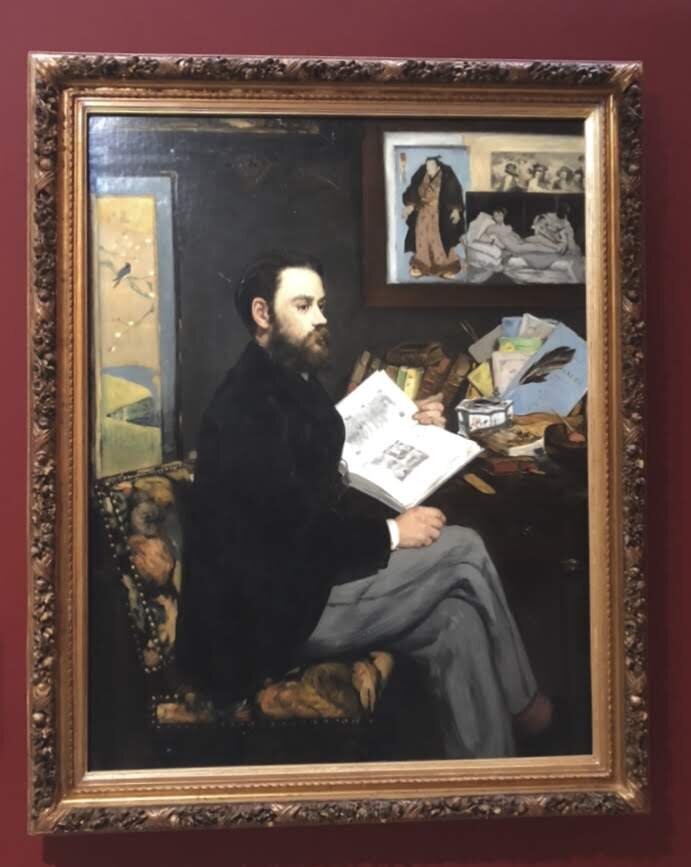Towards the final years of Picasso’s life, he spent a lot of his time re imagining some famous pieces by other artists. In 1958 Picasso was discouraged by the building up around his beloved La Californie home in Cannes and one night after being with some friends he set his sights on a new home and bought it the next day. The Château de Vauvenargues near Aix-en-Provence, would be where he and his second wife Jacqueline would live from 1959-1962. He fell out of love with it as fast as he fell into it and they moved onto a home in Mougins. However, while he was at Vauvenargues he spent the bulk of his time from 1959 to 1961 on 140 drawings and 27 paintings, lino-cuts and cardboard models all on the theme of Manet’s Le Déjeuner sur l’herbe.
When Manet painted this monumental piece in 1862, much like his painting Olympia, this one also was met with much controversy. Rejected from the Salon and displayed at the Salon des Refusés with his other Impressionist friends in 1863, the subject of a nude woman sitting between two fully clothed men was a scandal for the time. Although, Émile Zola proclaimed it “the greatest work of Édouard Manet”.
In 1932 Picasso said "When I see Manet's Luncheon on the Grass I tell myself there is pain ahead". On August 1, 1959 he began his dive into Manet’s masterpiece with a small drawing. The subject and structure of the painting was a bit out of the box for Picasso. He normally focused on one subject or model. Manet’s painting with four people was not what he was used to doing. His first drawing was the closest to Manet’s with all four subjects, but he quickly moved away from Manet’s original structure.
Picasso was known to be an extremely fast painter, when he would tackle this theme he would work in torrents of activity for months at a time before putting them down to come back to them later. He would play with the theme and the amount of people in the landscape, sometimes with three women in the back. Picasso would add the woman washing her feet that he would continue into other paintings. Removing the men all together at times, making the trees larger than life, but most of the time staying with the blue and green palette. He had never spent so much time devoted to one theme in his entire life.
In March 1960, Picasso painted his first larger version of Déjeuner. Mostly green with a bit of blue focusing on the main figure, Victorine. Later versions included the men who Picasso decided needed to be nude as well. In the Musée National Picasso-Paris on the upper floor is a room dedicated to his Déjeuner paintings. They do change them out during the year and is one of my favorite rooms of this well done museum. Every time I walk into this room it brings a huge smile to my face. Hanging on the walls are just a few of his paintings, drawings and even a cardboard model. I usually spend a half an hour in this one small room, listening to the people as they walk in and comment on the paintings. Some even see the resemblance to Manet which pleases me to no end. I love how Picasso dated his paintings and drawings, knowing now when he started this series you can see how the paintings displayed fit into his timeline.
On this date in 1973, the great Spanish painter would take his last breath in Mougins. He would be laid to rest at the Château de Vauvenargues, high above the hill in Provence.












